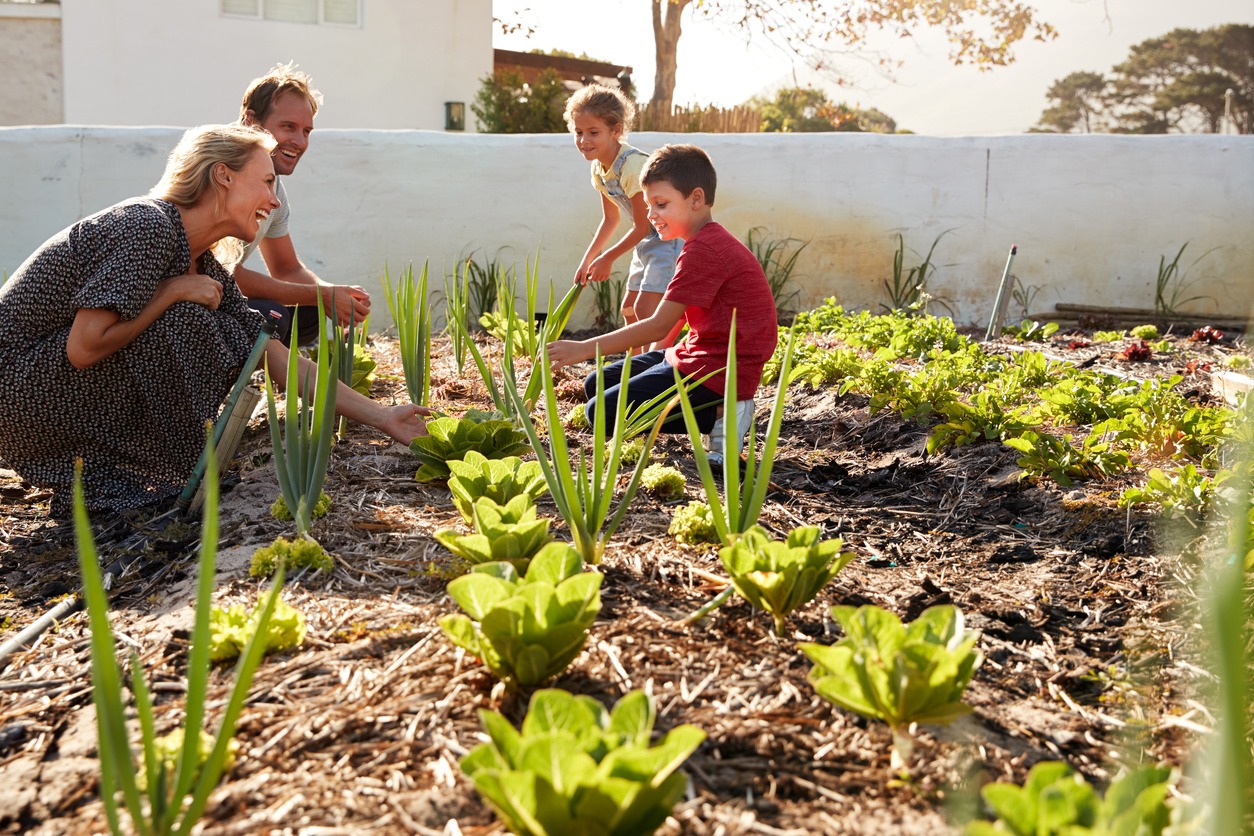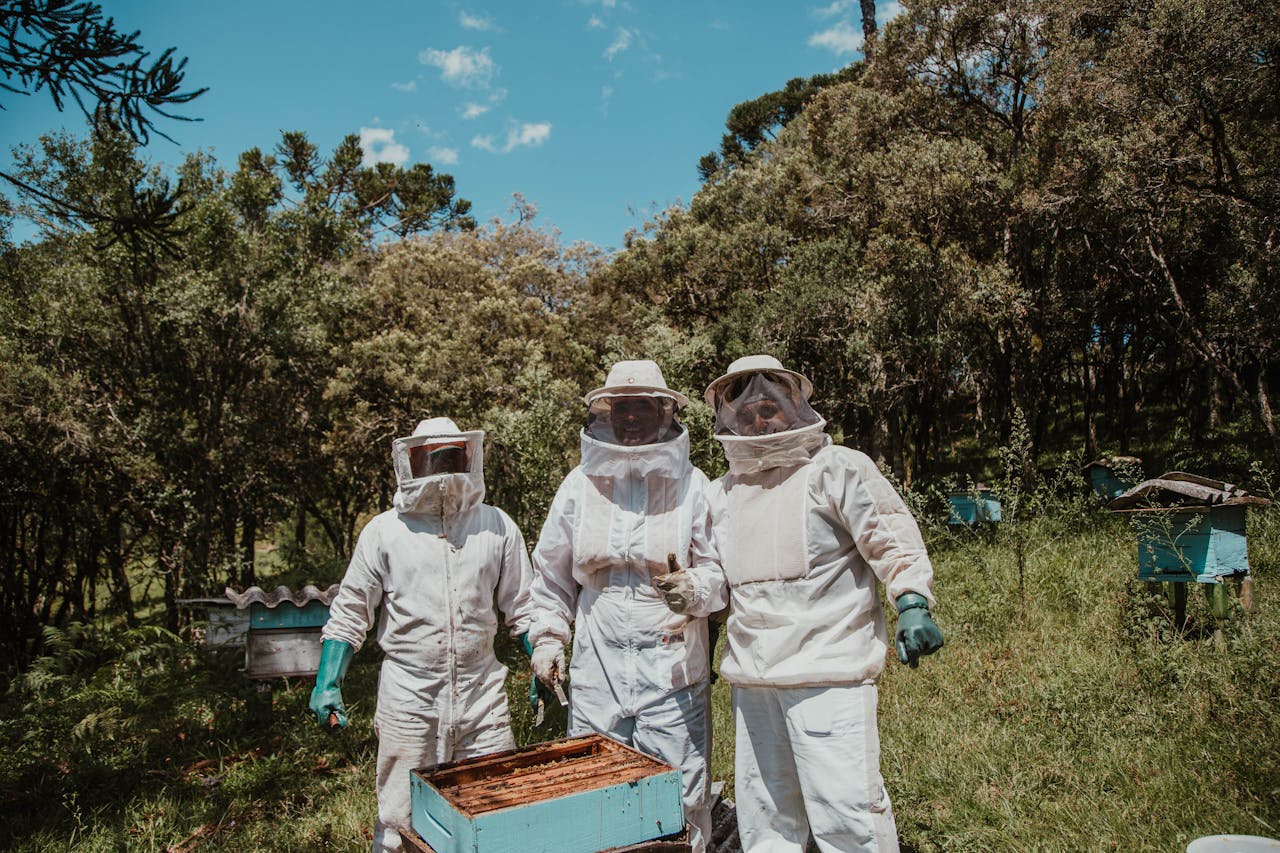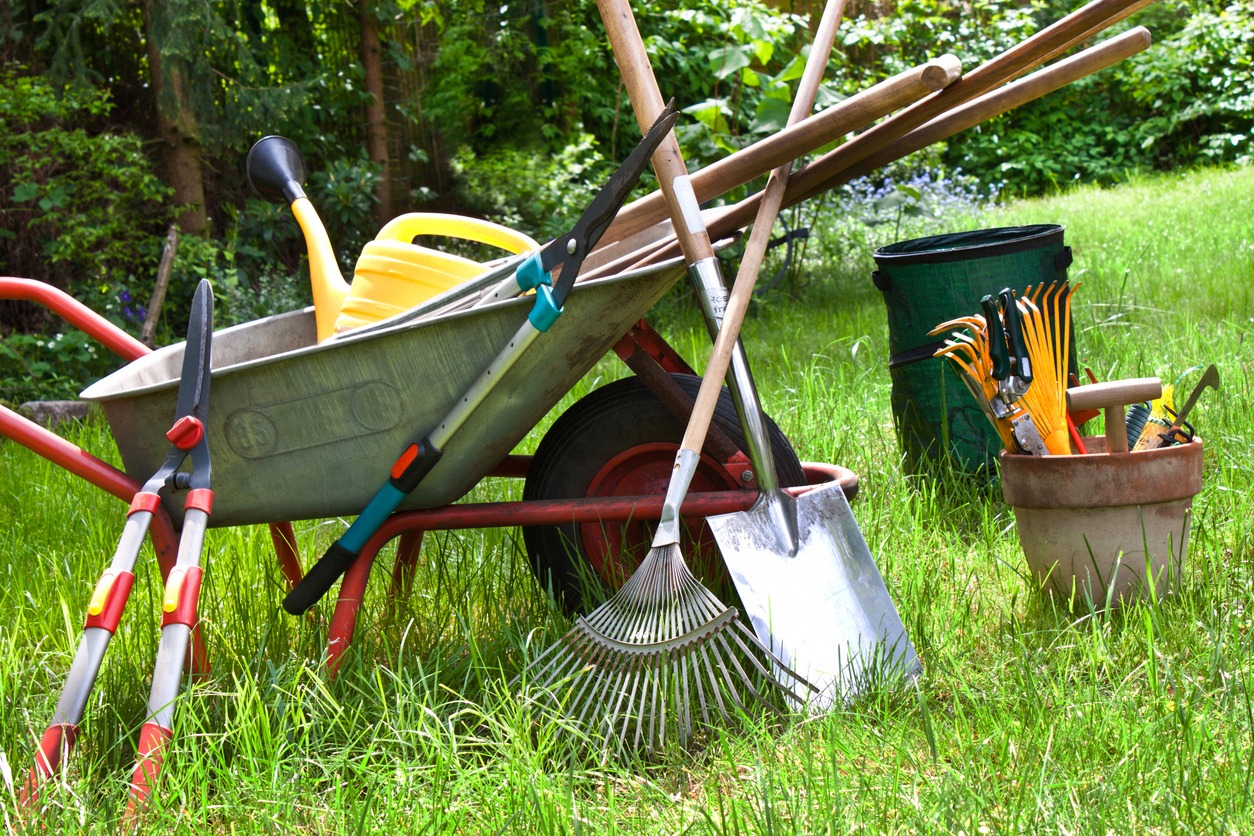Essential Steps for Going Off-Grid: Sustainable Living Tips
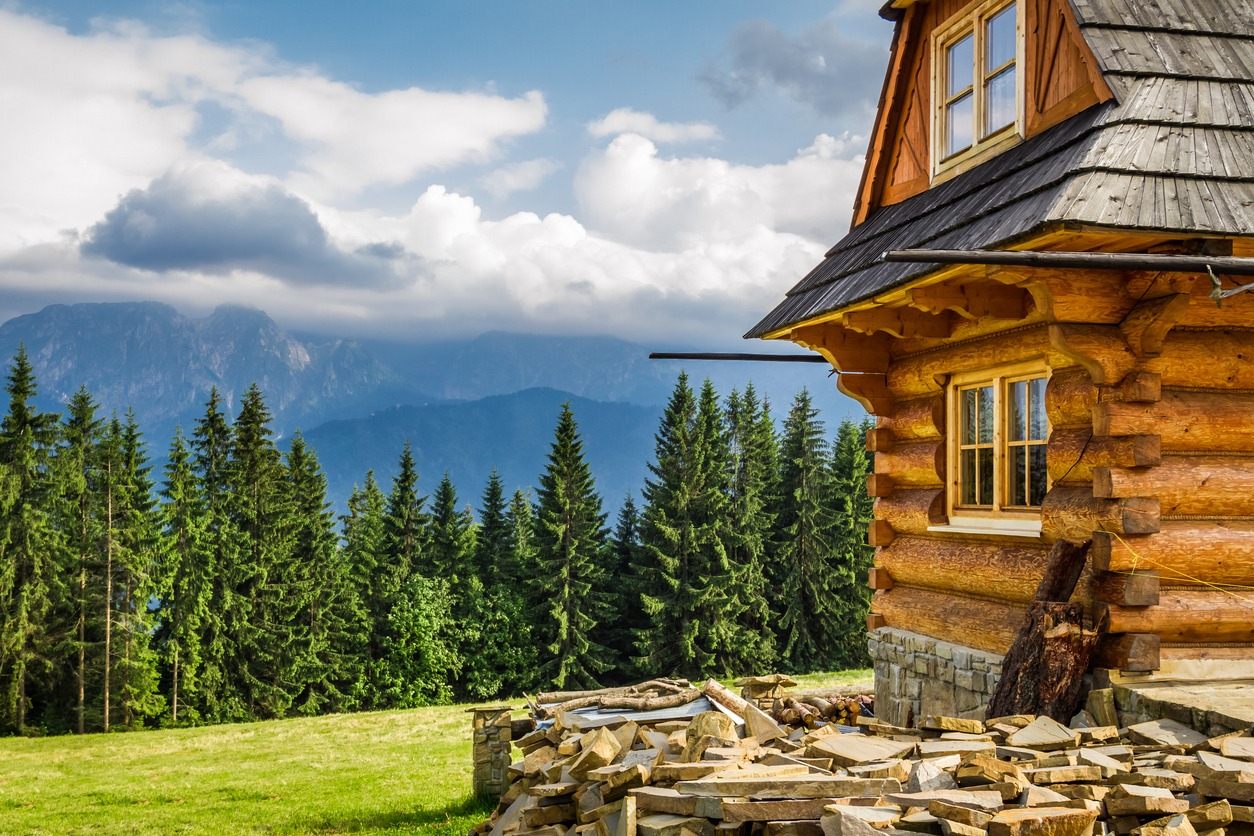
The allure of off-grid living lies in its promise of self-sufficiency, reduced environmental impact, and a closer connection to nature. However, transitioning to a sustainable off-grid lifestyle is more than just disconnecting from the grid. It requires thoughtful planning, practical knowledge, and a willingness to adapt to new challenges. Whether you're drawn to this lifestyle for independence, environmental reasons, or personal growth, these essential steps will help you build a successful off-grid future.
1. Choose the Ideal Location
The foundation of an off-grid lifestyle starts with selecting the right location. This decision can significantly influence the success of your self-sufficient living journey. These are some factors to consider when choosing the ideal location:
- Climate and Weather Patterns: The weather in your chosen area will dictate many aspects of your off-grid setup, from the type of renewable energy you use to the crops you can grow. For instance, areas with abundant sunshine are ideal for solar power, while windy regions are better suited for wind turbines. A stable climate also simplifies gardening and food preservation by reducing unexpected challenges.
- Natural Disaster Risks: Off-grid living can become unsustainable if your location is prone to natural disasters. Floods, wildfires, and earthquakes can disrupt your energy systems, destroy crops, and make water sources unsafe. Research local disaster risks and choose an area with minimal threats.
- Natural Resources: Look for a property with a reliable water source, like a spring, stream, or high annual rainfall. Fertile soil is essential if you plan to grow your own food, and access to natural building materials, like wood or clay, can reduce construction costs.
- Renewable Energy Potential: Different locations offer unique opportunities for energy generation. For instance, the Goulburn community in Australia used its sunny location to create a community-owned solar farm. Similarly, properties near rivers can take advantage of hydropower systems.
- Accessibility and Proximity to Services: While independence is a core feature of off-grid living, having occasional access to supplies, healthcare, and other services can be invaluable. Striking the right balance between seclusion and accessibility will ensure long-term sustainability.
Taking the time to research and visit potential locations thoroughly will ensure your off-grid foundation is both practical and aligned with your goals.
2. Design Your Off-Grid Home
Your off-grid home will serve as the center of your self-sufficient lifestyle. Designing it with sustainability and efficiency in mind can save you time, money, and resources in the long run. These are the design elements to consider:
- Passive Solar Design: Homes built with passive solar principles are naturally warmer in winter and cooler in summer. Properly placed windows, insulated walls, and roof overhangs help regulate indoor temperatures without relying on external energy.
- Energy-Efficient Materials: Insulation is key to reducing energy consumption. Materials like straw bales, rammed earth, or recycled timber can create a sustainable structure while providing excellent thermal performance.
- Space Optimization: Many off-grid homeowners choose tiny homes for their efficiency and simplicity. These homes typically range from 60 to 500 square feet and are designed to use every inch of space wisely. For larger families or more expansive needs, small houses up to 1,500 square feet can still be designed with sustainability in mind.
- Integrated Systems: Your home should include systems for energy generation, water collection, and waste management. Installing these systems during the construction phase, rather than retrofitting them later, is more cost-effective and ensures better integration.
Designing your home with these principles ensures comfort, functionality, and minimal environmental impact.
3. Implement Renewable Energy Systems
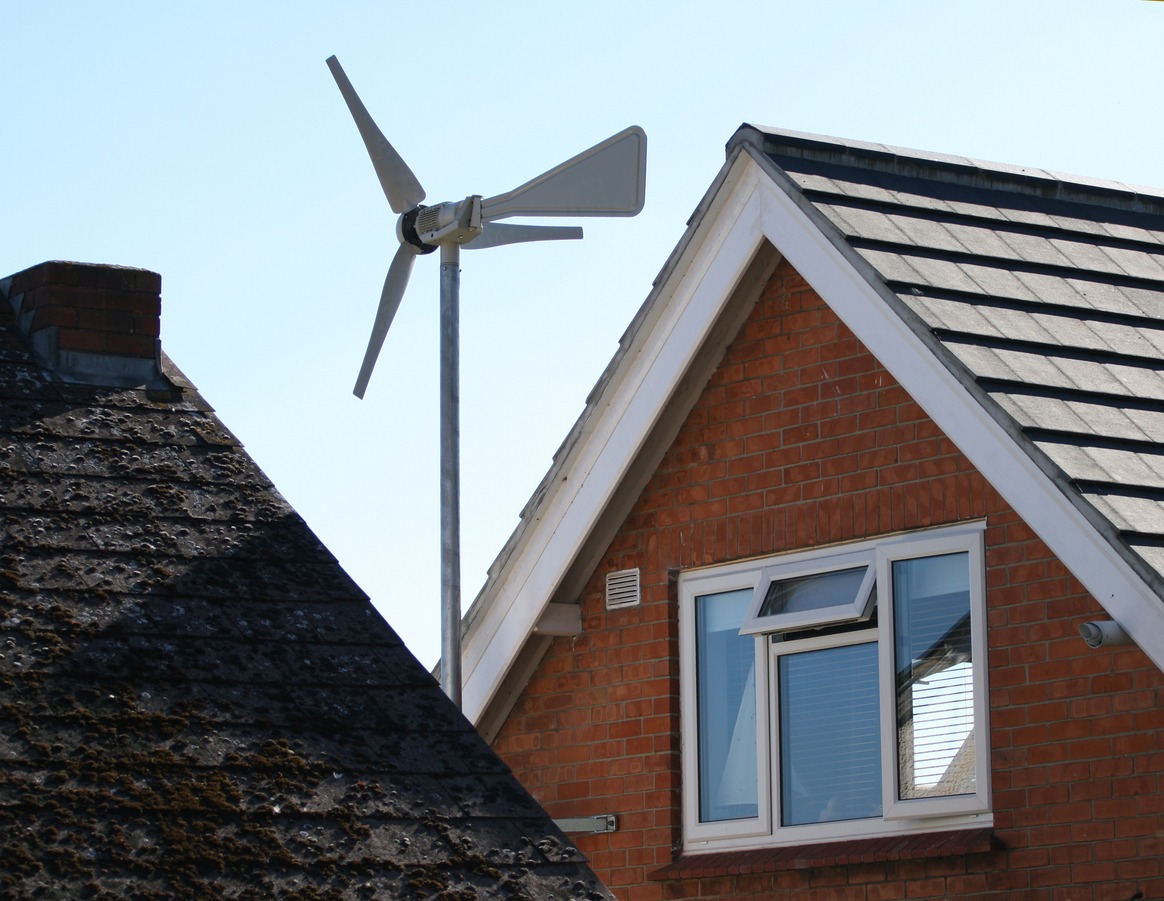
Energy independence is a cornerstone of off-grid living. To meet your energy needs sustainably, you’ll need to plan and implement renewable energy systems carefully. These are some of the ways to produce energy:
- Solar Panels: Solar energy is one of the most popular choices for off-grid power due to its reliability and scalability. Depending on your location and energy needs, a solar setup can cost anywhere from $10,000 to $75,000. While the initial investment can be significant, government incentives and long-term savings make it worthwhile.
- Wind Turbines: If you live in a windy area, wind turbines can supplement or replace solar power. They are particularly useful during cloudy or winter months when solar output may decrease.
- Micro-Hydropower Systems: For properties near rivers or streams, micro-hydro systems offer an efficient way to generate consistent energy. However, these systems require careful planning to minimize environmental impact and comply with local regulations.
- Hybrid Energy Systems: Combining multiple energy sources ensures redundancy and reliability. For example, the Living Energy Farm in Virginia integrates solar and other renewable sources to provide consistent power without relying on fossil fuels.
Before installing any system, conduct a thorough energy audit to determine your household’s consumption and identify ways to improve efficiency. This will help you design a system tailored to your needs.
4. Establish Sustainable Water Sources
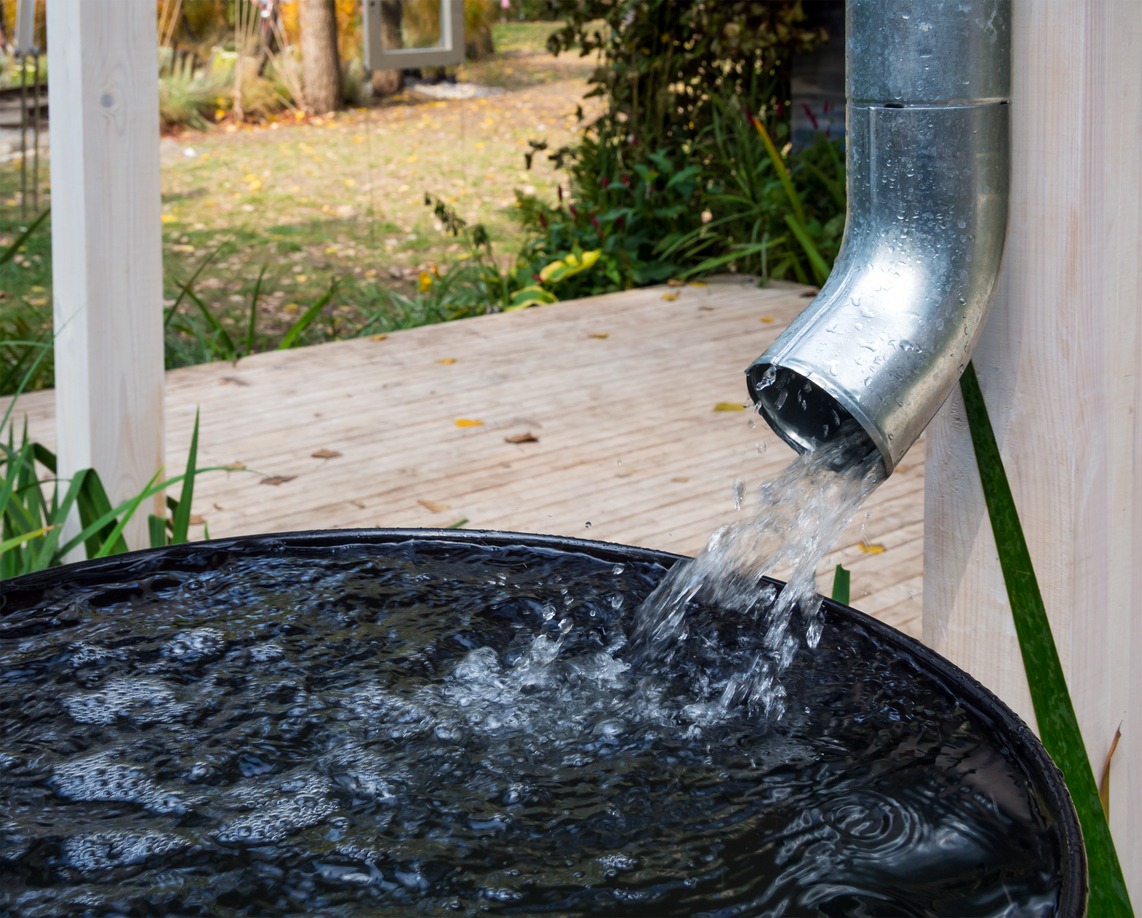
Water is essential for survival, and off-grid living requires a dependable and sustainable supply. Building a resilient water system involves addressing both availability and quality. Here’s how you can establish your water supply off-the-grid:
- Rainwater Harvesting: Collecting rainwater is one of the simplest and most effective ways to ensure a steady water supply. Set up gutters and storage tanks to capture and store rainwater, and invest in filtration systems to make it safe for drinking.
- Well-Digging: For properties with high water tables, a well can provide a reliable source of groundwater. While well-digging requires permits and professional installation, it offers long-term water security.
- Greywater Recycling: Reusing water from sinks, showers, and laundry for irrigation reduces overall water consumption. A well-designed greywater system can significantly extend your available water resources.
- Water Storage and Purification: Installing water storage tanks ensures you have reserves during dry periods, while purification systems like UV filters or ceramic filters keep your water safe.
A great example of sustainable water systems is the Solar Electric Light Fund’s project in Benin, which uses solar-powered pumps and drip irrigation to support both drinking water and agriculture.
5. Create Food Self-Sufficiency
Growing your own food is one of the most fulfilling aspects of off-grid living. With proper planning, you can produce enough food to sustain your household year-round. Here are your options for making your own food:
- Gardening: Start with a vegetable garden suited to your climate. Use permaculture principles like polyculture and companion planting to improve soil health and increase yields. Adding an orchard with fruit and nut trees provides long-term food security.
- Livestock: Raising chickens for eggs, goats for milk, or rabbits for meat is a practical way to supplement your diet. These animals require minimal space and can often be fed with food scraps or garden trimmings.
- Food Preservation: Learn techniques like canning, fermenting, dehydrating, and freezing to store your harvests. Root cellars are another excellent way to keep fruits and vegetables fresh for months.
- Aquaponics: For those with limited space, aquaponics systems combine fish farming with hydroponic gardening to produce both protein and vegetables efficiently.
6. Manage Waste Effectively

Proper waste management is vital for reducing your environmental impact and ensuring a hygienic living environment. Here are your waste management options:
- Composting: Turn organic waste into nutrient-rich soil for your garden. This includes food scraps, yard waste, and even human waste if you use a composting toilet.
- Greywater Recycling: Treat and reuse wastewater for non-potable purposes like irrigation.
- Zero-Waste Practices: Adopt habits like reducing unnecessary purchases, reusing materials, and recycling whenever possible.
- Biogas Production: Anaerobic digesters convert organic waste into biogas, which can be used for cooking or heating. This method not only reduces waste but also provides a renewable energy source.
7. Develop Essential Off-Grid Skills
Living off-grid means being prepared to handle a variety of tasks and challenges. Developing these skills will help you thrive:
- Sustainable Construction: Learn techniques like straw bale or cob building to construct eco-friendly homes.
- Gardening and Permaculture: Master the art of growing a diverse range of crops using natural, regenerative methods.
- Food Preservation: Gain expertise in extending your food supply through canning, drying, and fermenting.
- Energy System Maintenance: Understanding how to troubleshoot and maintain renewable energy systems ensures long-term reliability.
- Survival Skills: Develop basic wilderness skills, including water purification, fire-making, navigation, and first aid.
Conclusion
Living off-grid offers an opportunity to reconnect with nature, achieve self-sufficiency, and reduce your environmental impact. While the journey requires dedication, planning, and resilience, the rewards—independence, sustainability, and a fulfilling lifestyle—make it worth the effort. Start small by growing your own food or reducing waste, and gradually build the skills and systems you need for a fully off-grid life. With each step, you’ll come closer to a future of freedom and sustainability. The possibilities are endless—where will your journey take you?

